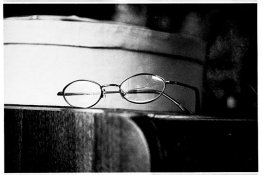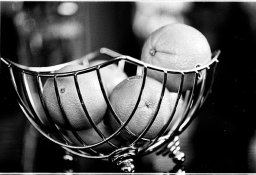Nancy Giroux
Member
- Joined
- Nov 25, 2004
- Messages
- 131
- Format
- 35mm
Hi All,
I wonder if you can give me a little guidance. I have a roll of triX 400 that I pushed to 1250 (don't ask me why I chose 1250 instead of 1600).
I have never developed my own negs, but am very excited to try. The most important images on the film are the last 12 negs. They were shot in a nightclub under contrasty light. I ordered HC-110 (before shooting this roll)
I'm not sure if this is a good choice as a developer, but it's all I've got right now. I've been reading up a storm and hope to become more knowledgable. I ordered several books that I found in a recent thread here at APUG, so thanks for that!
So here's my question. When develping this roll of film, should I base the develping time on 1600? I can't find any guides for 1250.
I love this forum..it's very inspirational!
Thanks so much!
Nancy
I wonder if you can give me a little guidance. I have a roll of triX 400 that I pushed to 1250 (don't ask me why I chose 1250 instead of 1600).
I have never developed my own negs, but am very excited to try. The most important images on the film are the last 12 negs. They were shot in a nightclub under contrasty light. I ordered HC-110 (before shooting this roll)
I'm not sure if this is a good choice as a developer, but it's all I've got right now. I've been reading up a storm and hope to become more knowledgable. I ordered several books that I found in a recent thread here at APUG, so thanks for that!
So here's my question. When develping this roll of film, should I base the develping time on 1600? I can't find any guides for 1250.
I love this forum..it's very inspirational!
Thanks so much!
Nancy















